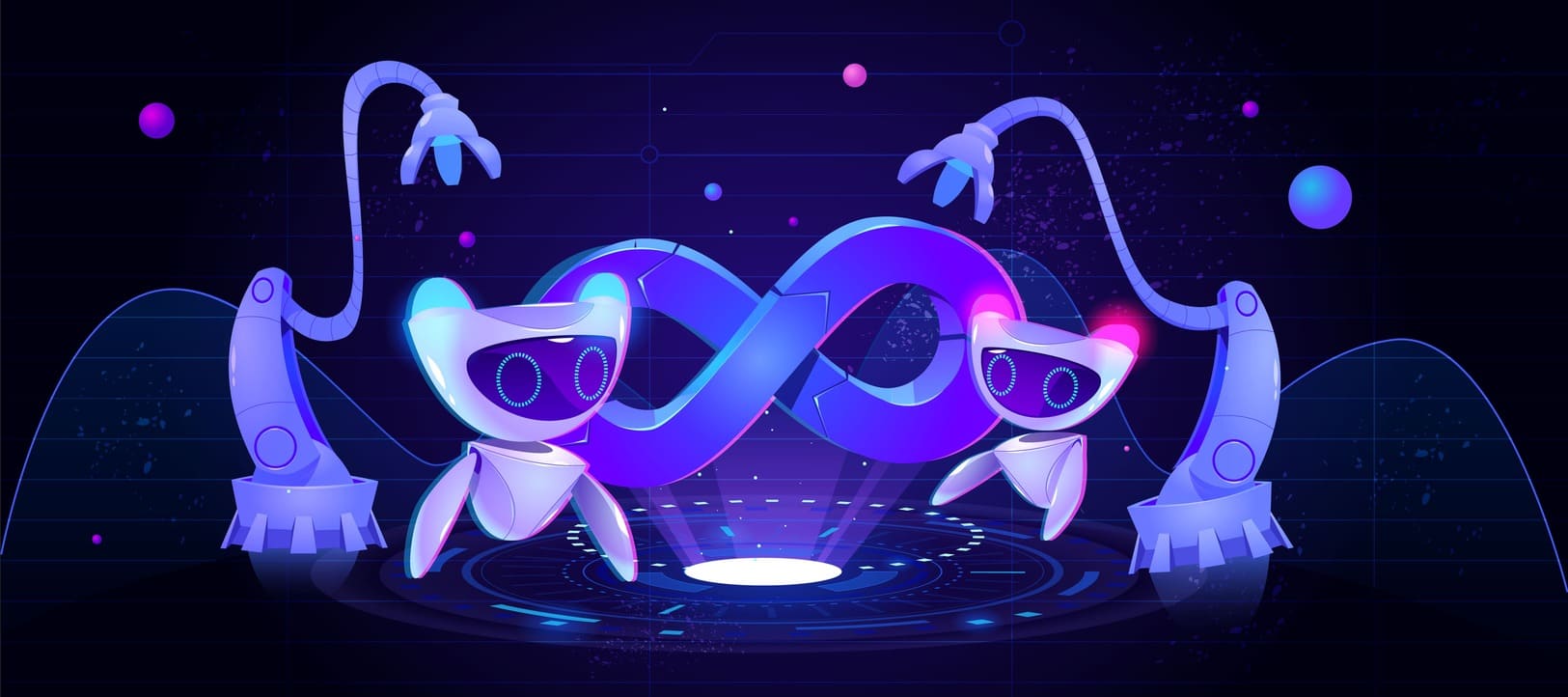
When building machine learning models, we often come across tasks that would be more efficient and effective if they could be parallelized. For example, if you want to train a large model within a specific environment, you might consider using distributed training. I'll share how to do this using Docker containers (fully supported on GPUX), which allow you to create and destroy environments as needed.
Distributed learning is a method of training a model simultaneously on different GPUs. With distributed learning, you can train one model using all the GPUs available in the network. This allows you to maximize your GPU resources and make better use of compute power. You can create a Dockerfile to run PyTorch over a cluster so that each node in the cluster runs the same code with training data.
The process of training a model is simple: you just need to specify the data and the model, and then run it through your favorite training algorithm. However, if you have multiple GPUs or many machines at your disposal, distributing the model across them becomes a more complex problem. One way to distribute a large-scale neural network across multiple GPUs is called Distributed Learning. It allows you to train multiple models on different subsets of data processed by different GPUs in parallel. You can then merge these models together for further analysis or prediction.
Docker containers are lightweight, portable and easy to use. They allow us to create and destroy environments as needed. For example, if you want to experiment with a new programming language or framework, you can create a Docker container with your new environment of choice and then destroy it afterward without leaving any traces on the host machine or in any other containers that also exist on that machine. Docker is not only used for development tasks; it is also suitable for running production web applications because it allows us to build images using base images provided by third-party vendors (like Red Hat) which have already been configured with security updates and other security enhancements. GPUX supports Dockerfiles natively.
One of the most powerful tools in machine learning is parallelization. Parallelization is when you use multiple machines (or processes), each running its own copy of your program, to do the same task faster.
For example, let's say you have one machine with 8 cores and eight processes that each take 10 minutes to run. If you run them sequentially, then it will take 80 minutes for all 8 processes to finish running! But if we run them in parallel on different parts of the problem at once (e.g., 4 cores on 2 processes), then it only takes 40 minutes total for all processes to complete.
This makes sense: if you're waiting for a single process (or core) to finish before starting another one, then doing so sequentially means that any time wasted by any given process slows down all other tasks until it finishes its work--which wastes lots of time overall!
Distributed learning is a great way to massively scale up your machine learning operation. It can be used for many different kinds of tasks, from text classification to computer vision, and it even works with existing models/frameworks that you already know how to use!
Get started on GPUX today!

Building an AI App?
Contact us for information to get started